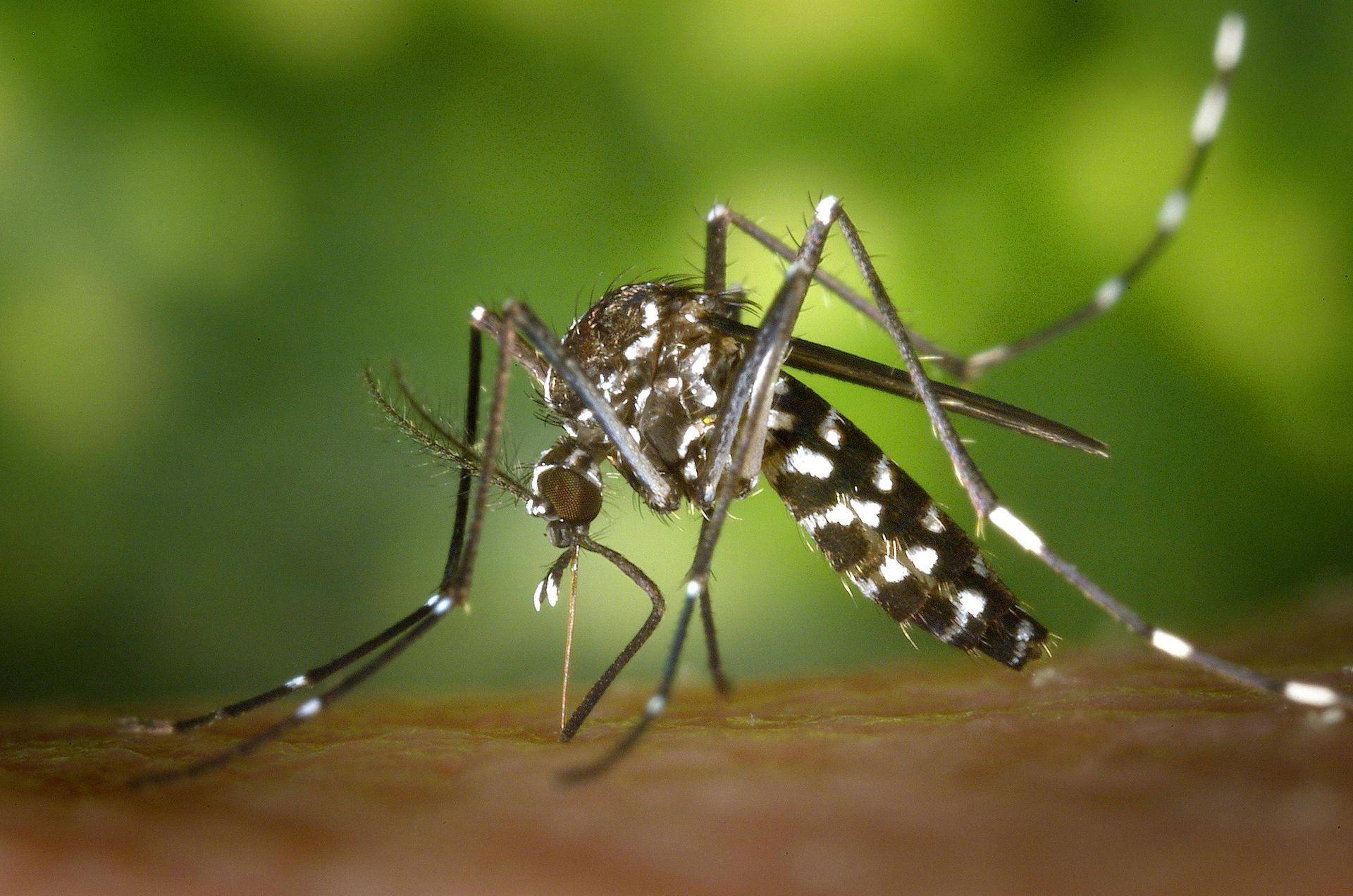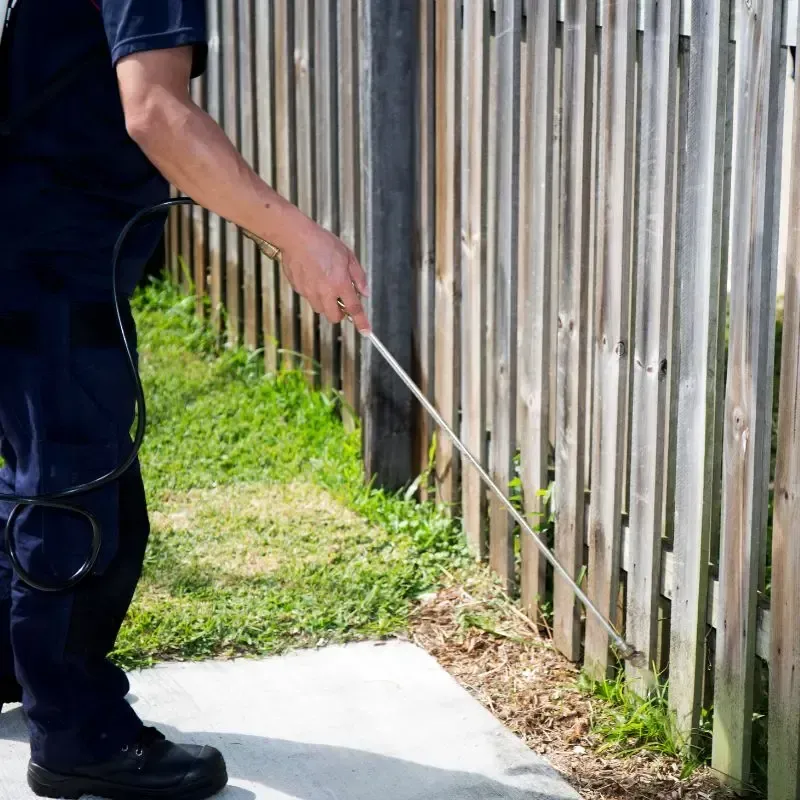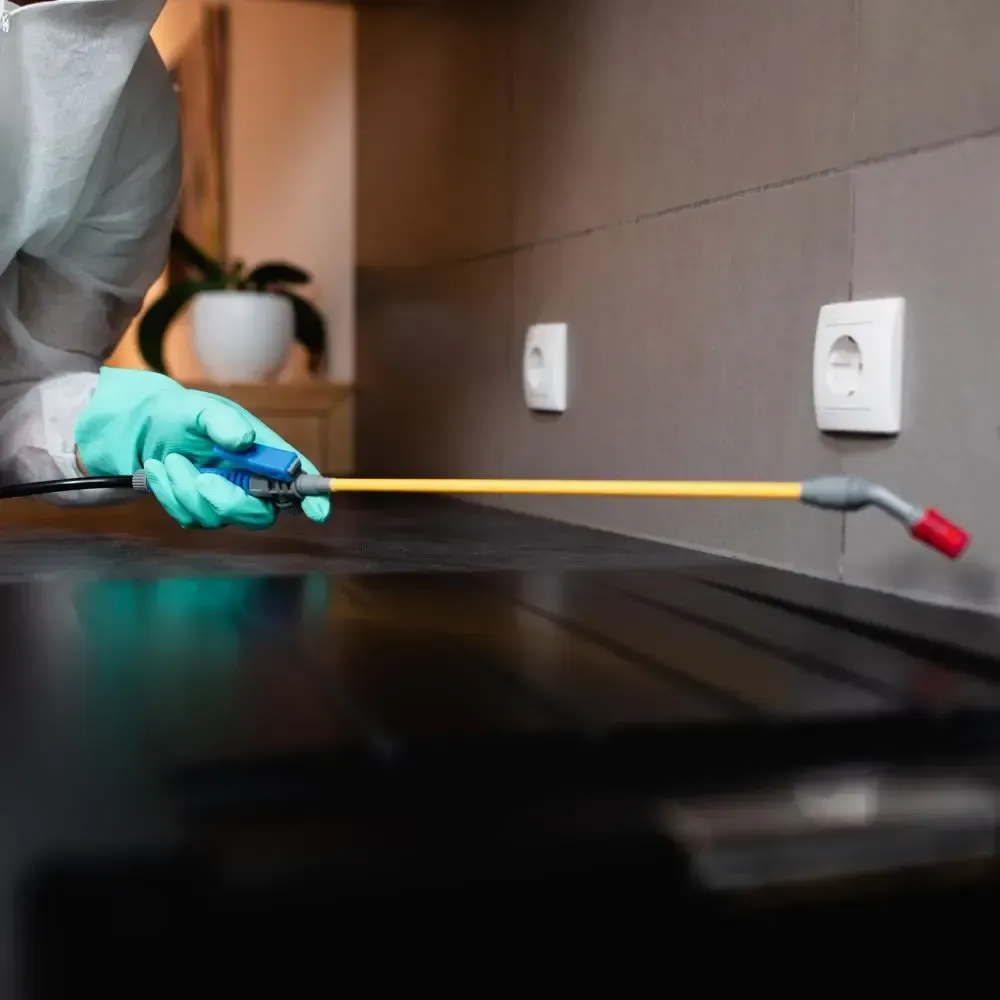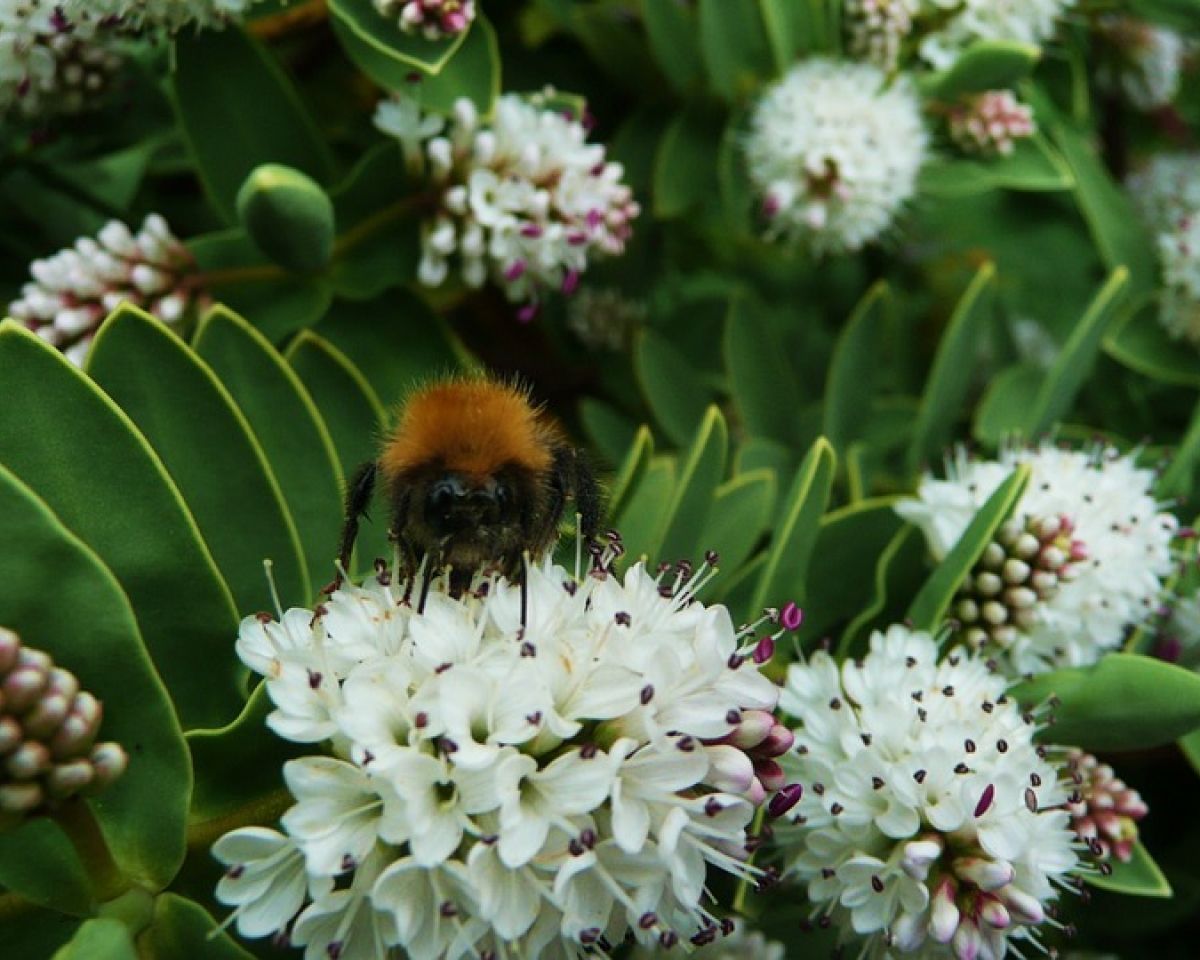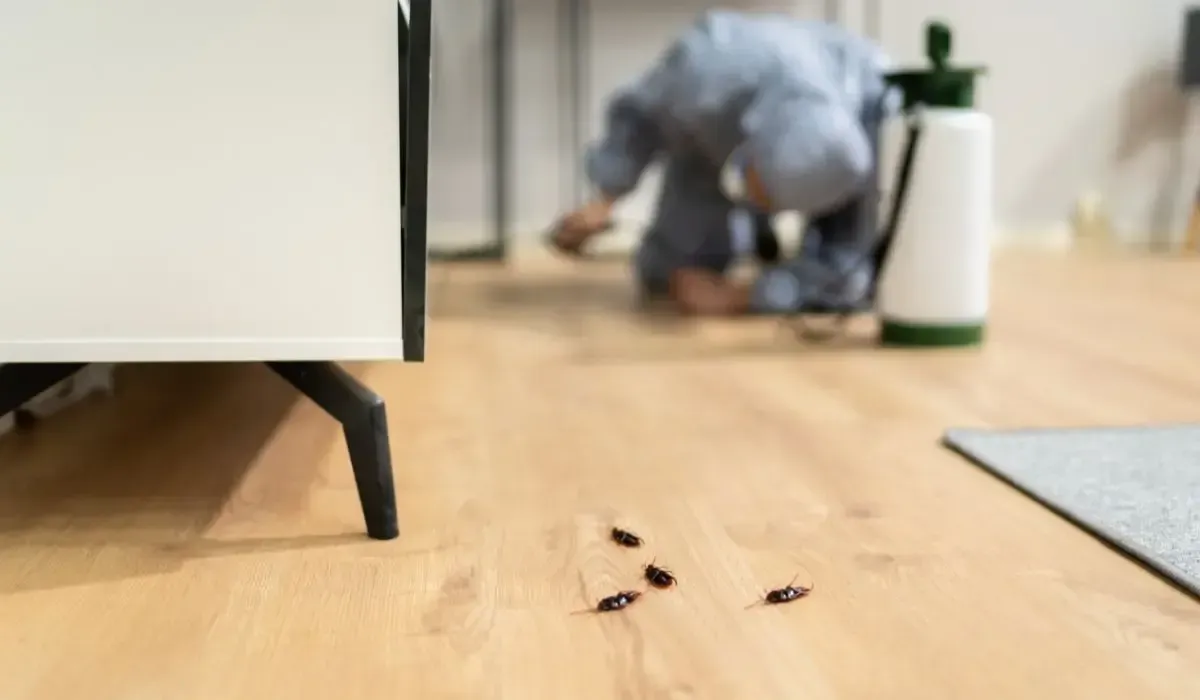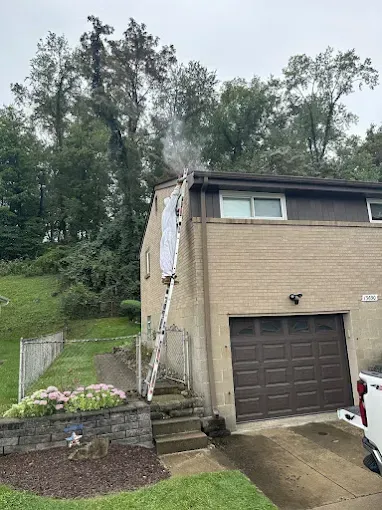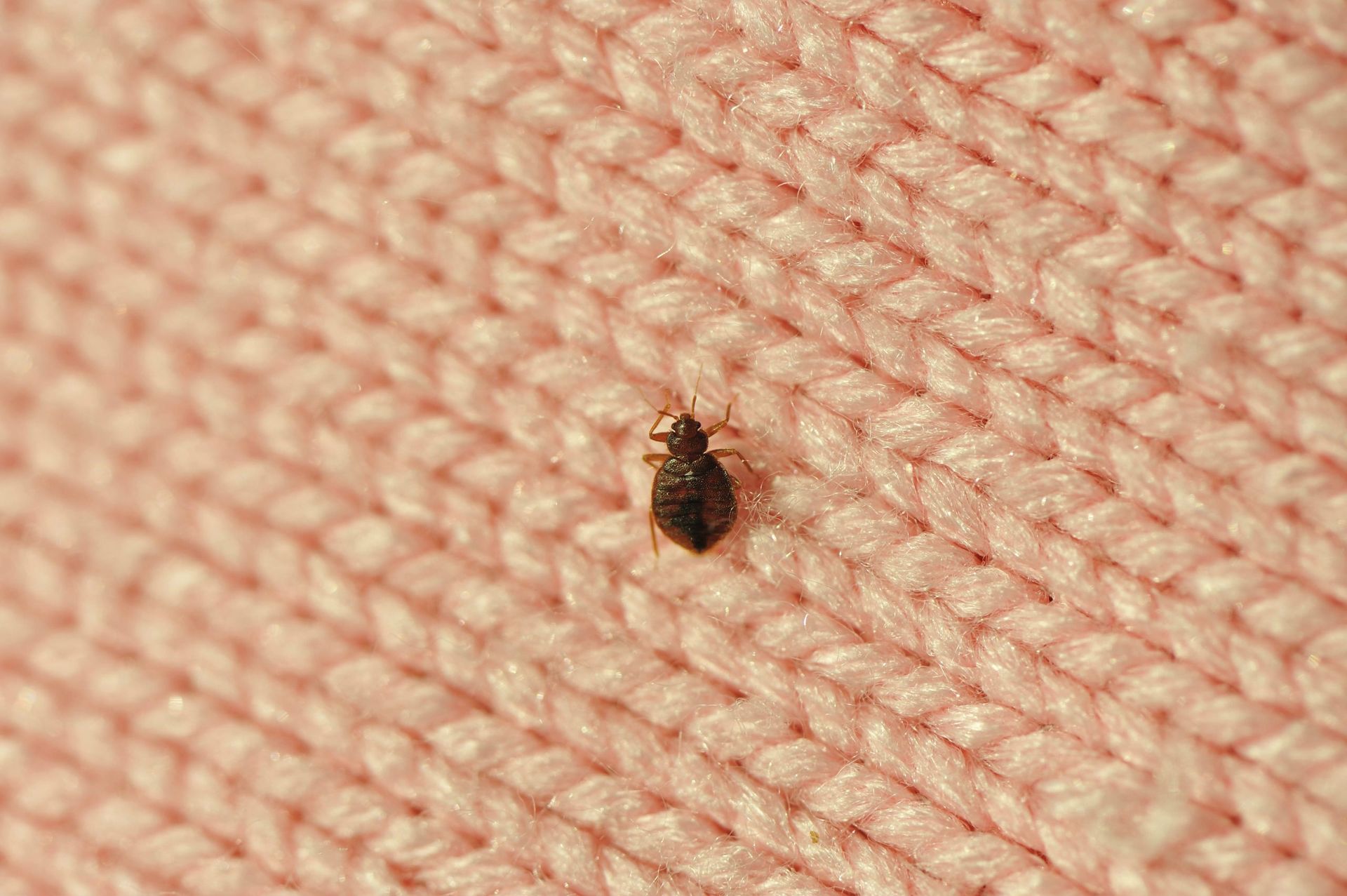How Do Experts Handle Wasp Removal at Homes Safely?
Finding a wasp nest around your home can be alarming. These stinging insects are known for their aggressive behavior and painful stings, especially when their nest is disturbed. For families with children or pets, wasps can be more than a nuisance; they can be a real safety risk.
So how do professionals handle wasp removal safely? Let’s explore the step-by-step methods pest control experts use and why calling in help is often the smartest choice.
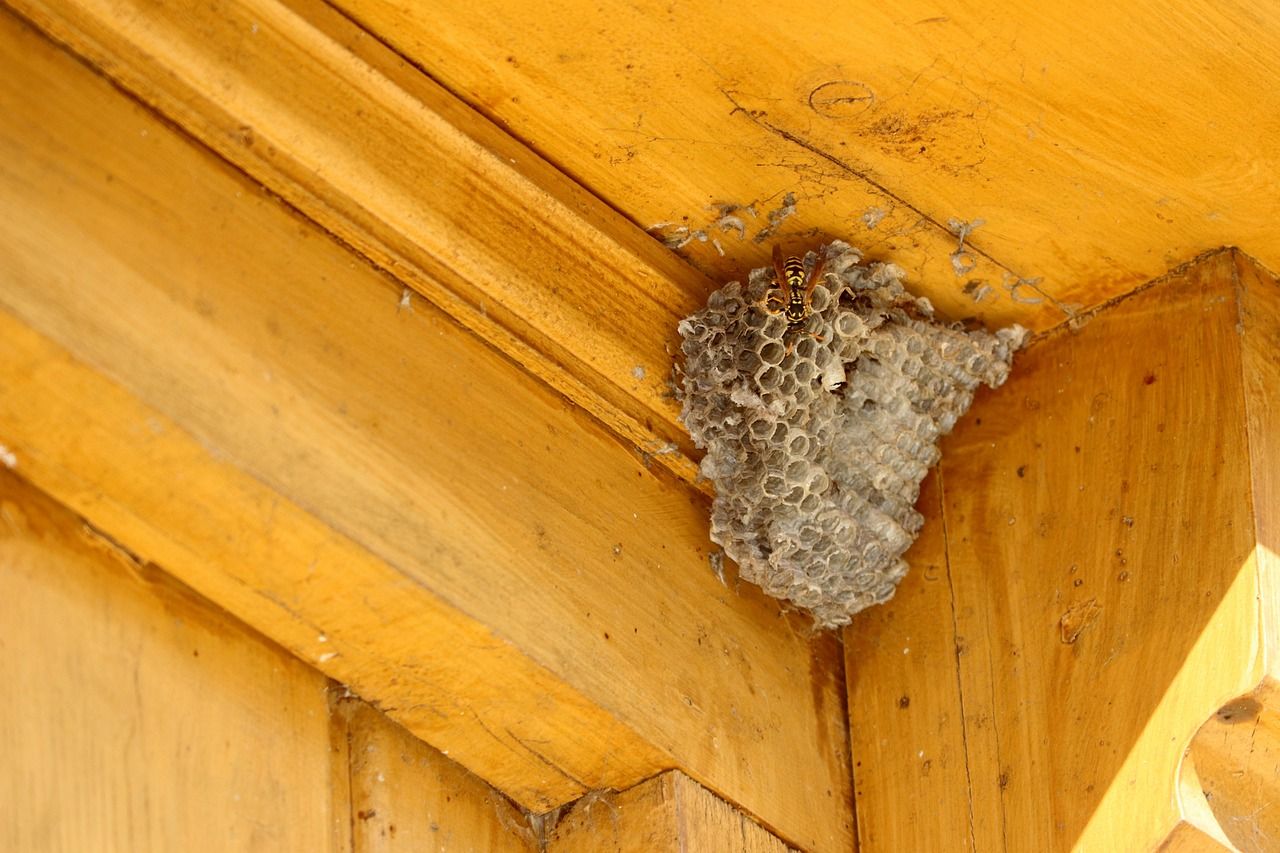
Why Wasps Are a Serious Concern
Wasps play an important role in the environment by controlling other insects, but when they build nests in or near homes, they become dangerous. Unlike bees, wasps can sting multiple times, and their stings can cause allergic reactions that may require immediate medical attention.
- Homeowners in places like Somerset, Johnstown, and Greensburg often see wasp activity increase during late spring and summer, when nests are at their largest.
Why DIY Wasp Removal Is Risky
Many people think they can handle wasp removal on their own with a can of spray or by knocking down a nest. Unfortunately, this often creates more problems than it solves.
Here are the risks of DIY wasp removal:
- Aggression: Wasps become highly aggressive if their nest is disturbed.
- Multiple stings: Unlike bees, one wasp can sting repeatedly.
- Hard-to-reach nests: Many nests are in roof eaves, attics, or wall voids, making them difficult to access safely.
- Limited results: Spraying may kill some wasps, but without eliminating the nest, the colony will remain active.
Because of these risks, pest control experts strongly recommend leaving wasp removal to trained professionals.
How Experts Remove Wasps Safely
Professional pest control technicians use proven strategies and specialized equipment to ensure wasps are removed without putting homeowners in danger.
Step 1: Careful Inspection
Experts begin with a thorough inspection of your property to identify where wasps are nesting and how severe the infestation is. Common nesting spots include attics, sheds, wall voids, and tree branches.
Step 2: Proper Protective Gear
Technicians wear protective suits, gloves, and face shields designed to prevent stings during removal. This gear is essential for safety, especially when dealing with large or aggressive colonies.
Step 3: Targeted Treatments
Depending on the location and size of the nest, pest control experts may use:
- Specialized insecticides applied directly to the nest
- Dust treatments for hard-to-reach areas like wall voids
- Aerosol sprays that quickly neutralize active wasps
These products are not the same as store-bought sprays. They are professional-grade solutions that provide more reliable and lasting results.
Step 4: Nest Removal
Once the colony has been neutralized, the nest is carefully removed to prevent wasps from returning. For nests hidden inside walls or roofs, professionals may use specialized tools to safely extract them without causing structural damage.
Step 5: Prevention Tips
Experts often provide homeowners with recommendations to reduce the chance of future infestations. This may include sealing entry points, trimming vegetation, and removing food sources like open trash bins..
Why Professional Removal Works Best
Hiring a professional for wasp removal ensures:
- Safety: You avoid the risk of painful stings.
- Efficiency: The entire colony and nest are eliminated, not just individual wasps.
- Peace of mind: You can enjoy your outdoor spaces again without fear of wasp activity.
- Prevention: Professionals often spot other pest concerns during their inspection.
Final Thoughts
Wasps are valuable to the ecosystem but dangerous when nesting near homes. While DIY methods may seem like a quick fix, they often put you at risk and rarely solve the problem. Professional wasp removal provides a safe, effective, and lasting solution.
Call for a Free Quote
If you are dealing with wasps around your home, let Protective Pest Management handle the job safely and effectively. Call us today at (814) 244-0067 or fill out our online form to schedule a free quote.


